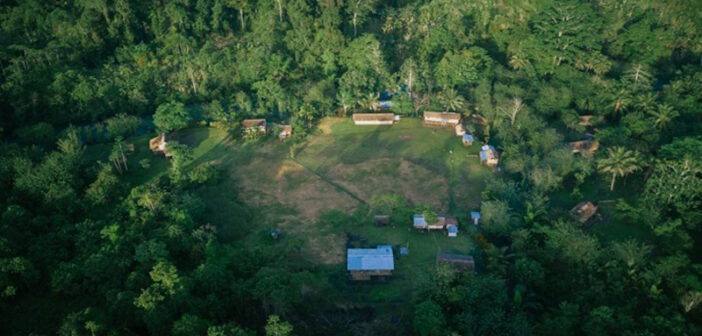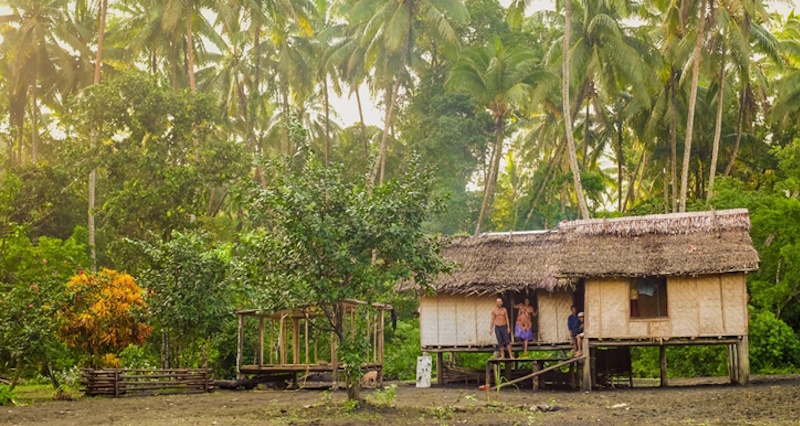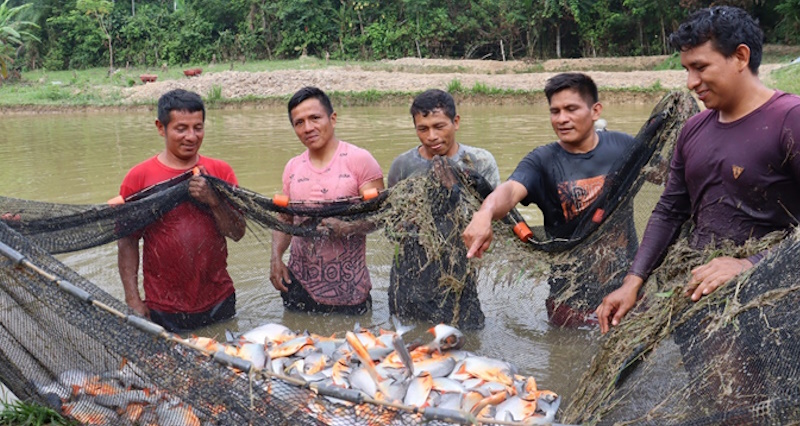Where Cool Earth is working in the rainforest, deforestation is up to 82% lower than surrounding areas (Cool Earth quarterly report July 2024).
There are 47 million people who call the Amazon rainforest home. If it were a country it would have the 30th largest population – just a bit smaller than the population of Spain.
In terms of physical space, it’s even more impressive. At 6.7 million km2, it would be the 7th largest country in the world. That puts it right between Australia (a bit bigger at 7.7 km2) and India (half the size at 3.2 km2).
It would be much easier to protect if it were a distinct country. Imagine if illegal logging companies started chopping down forests near your house. There was a national outcry in the UK when a single tree was cut down in Sycamore Gap, Northumberland National Park. Yet, in the past 20 years we’ve lost nearly 20% of Amazon rainforest area, so much destruction we’ve become desensitised.
At the rate of 20% in 20 years, your children might just see the last tree cut down.
Changing the narrative
Here’s a thought. When we talk about saving the rainforest, it’s usually in terms of what it means to us, in the western world. The narrative usually goes something like this:
Save the trees to prevent a global disaster…
Protect the trees for your children…
Deforestation releases carbon into the atmosphere which affects us all…
What we need is a complete change of attitude. We’re still talking about the rainforest as a resource.
A “resource” is something that you use, a source of supply, something that can be owned and exploited for gain. There are several problems with the “resource” attitude and one of the biggest is that it’s simply not our resource to use. If it belongs to anyone, it’s the 47 million people who live there, it’s the uncontacted tribes living in blissful isolation. The rainforest is as rich in culture as it is in flora and fauna.
It’s precisely those people that Cool Earth is trying to help. Last month, Cool Earth released their quarterly report and they’ve made some very compelling achievements.
- 136 million trees in 457,000 hectares protected
- 315 people trained in Forest Fire Surveillance
- Provided access to clean water and sanitation for 3,000 people
- 1481 fewer visits to the health centre in Papua New Guinea
And these stats are just the top line. They’ve achieved a great deal that isn’t captured by impressive statistics, like setting up a community fish farm providing a reliable and convenient source of food that’s free of contamination. Read the full report and explore the Cool Earth website to get a better idea of the depth and breadth of their work.
In essence, Cool Earth aims to protect the forest by protecting and empowering the indigenous communities living there. In doing that, they also have a great cultural value.
The rainforest is home to around 400 distinct indigenous cultures, each with its own traditions, history, heroes and villains, its own myths and legends. When we cut down the trees we force these people to live in towns and cities. We also cut down a way of life that has existed in perfect balance with nature since time immemorial.
Cool Earth recently featured in the Guardian newspaper – read the article here.
















